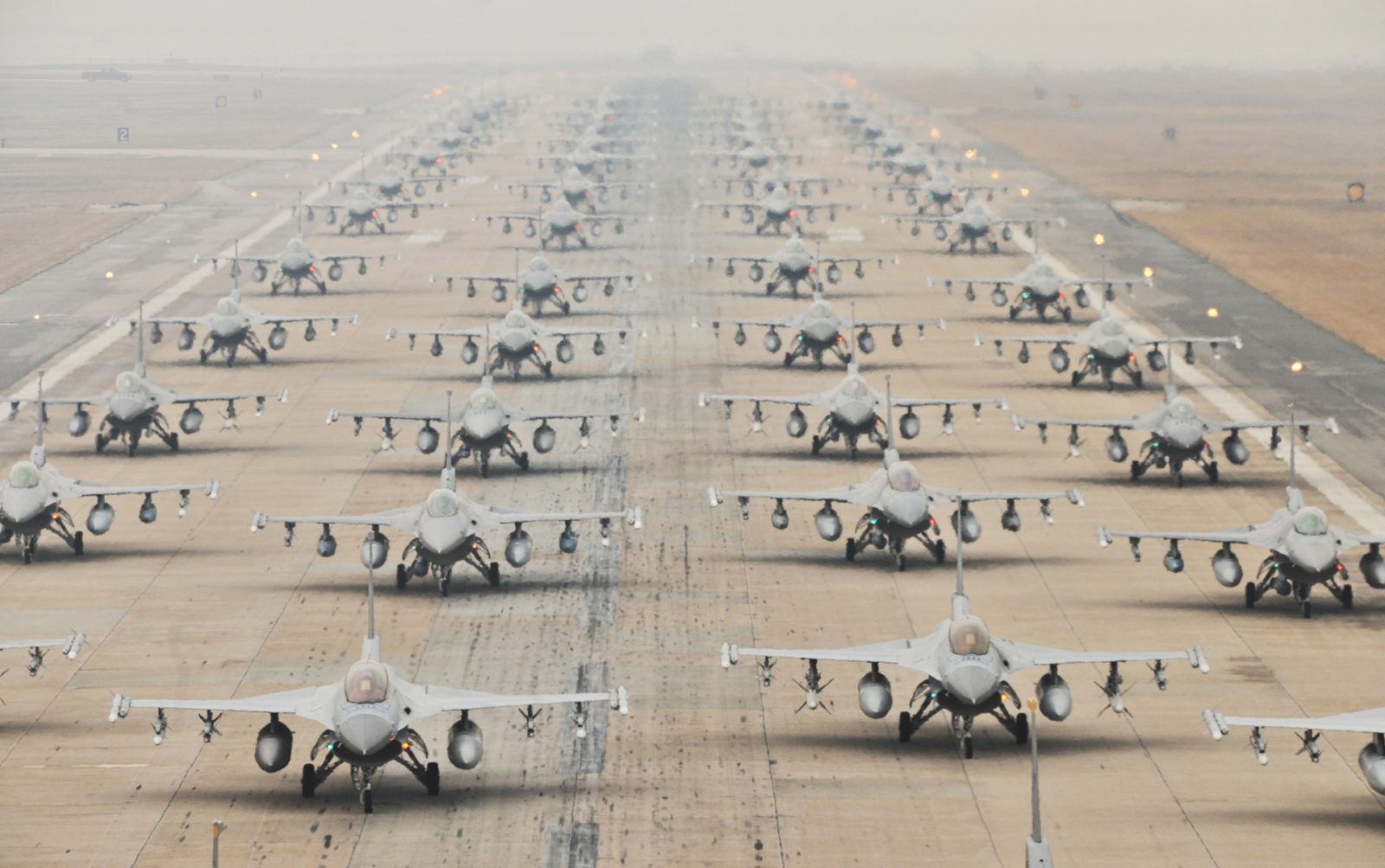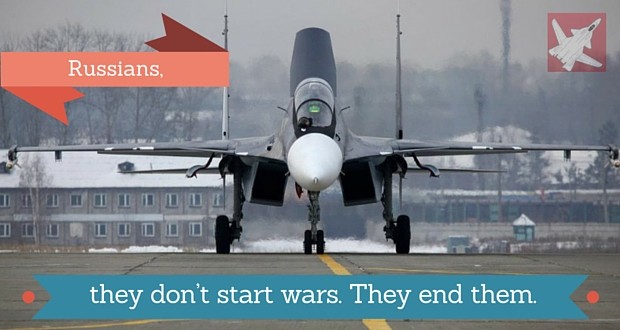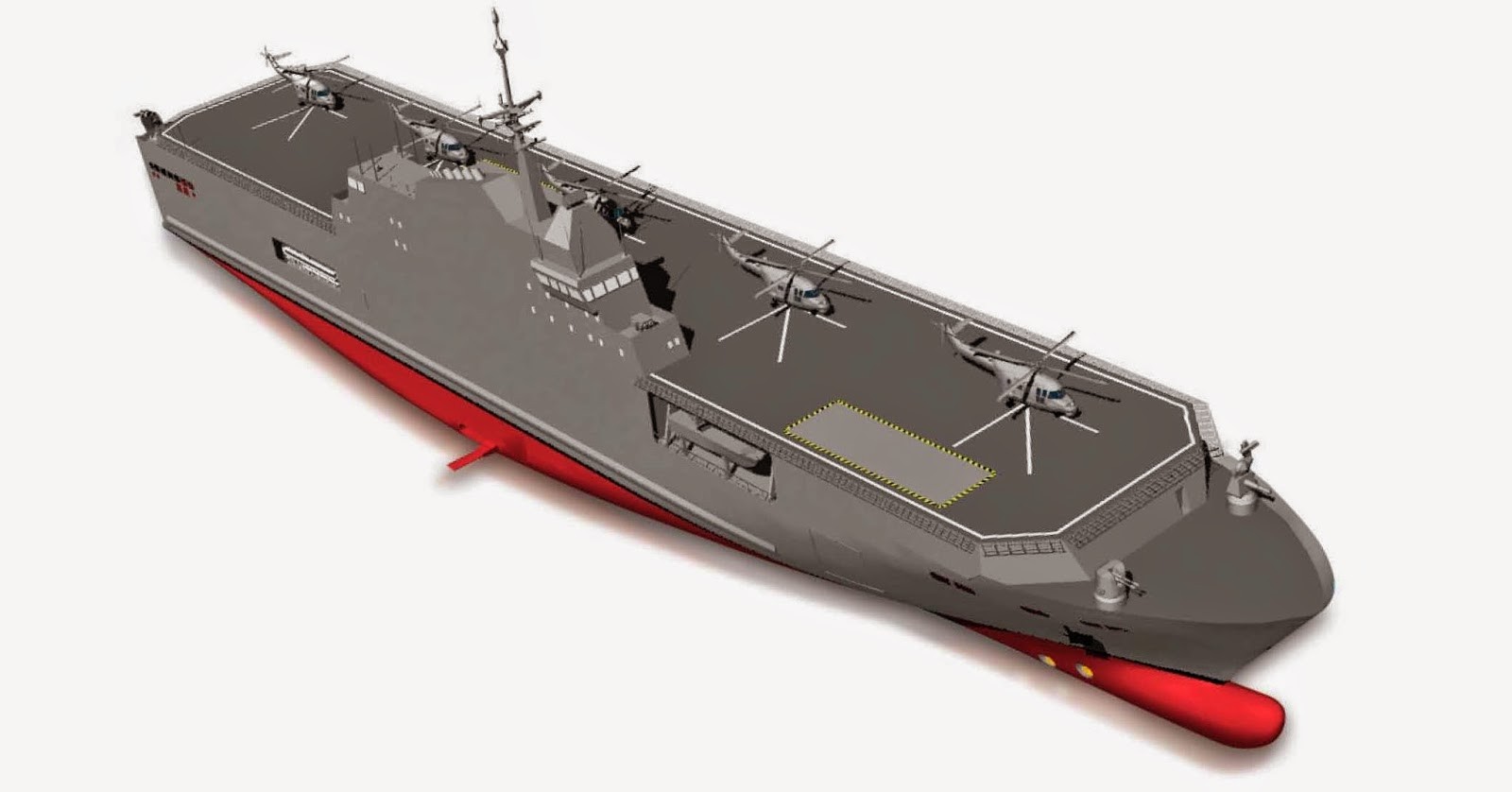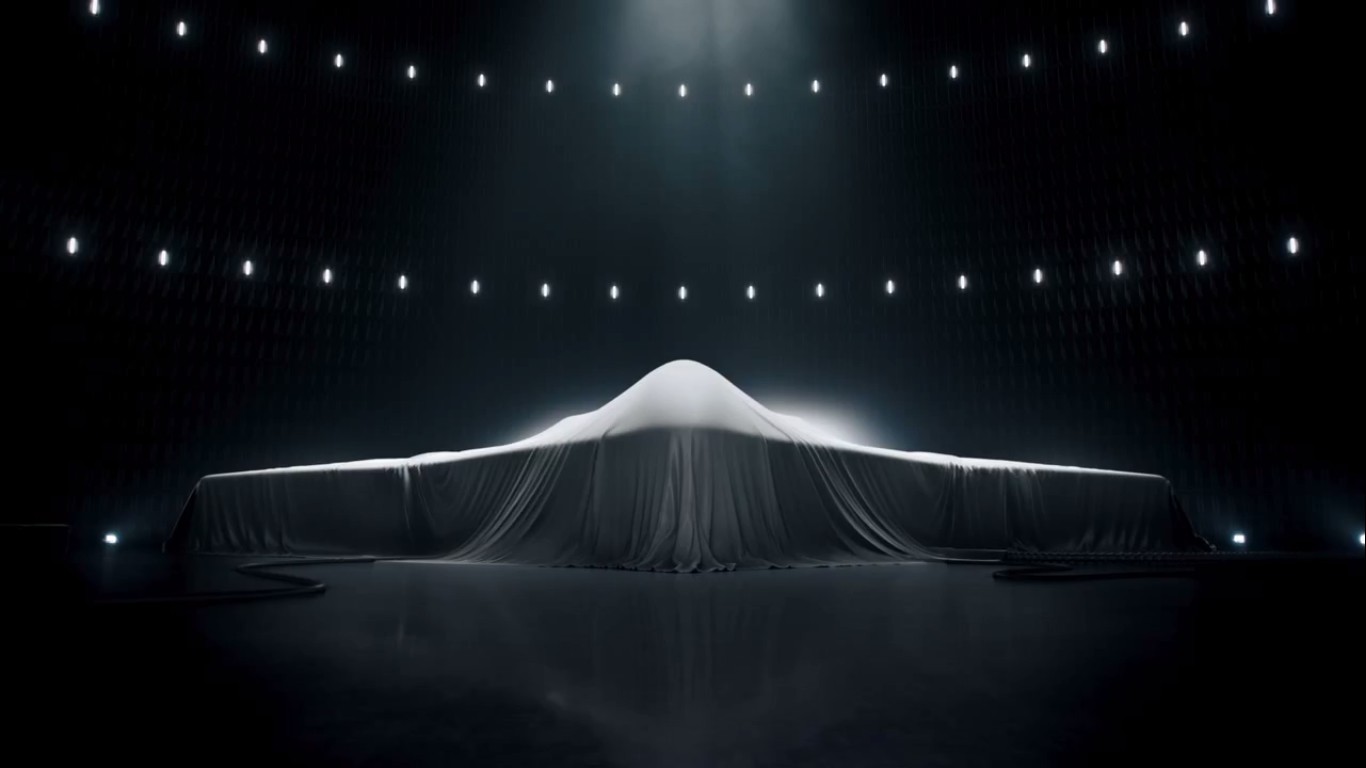Rewind 71 years to the bleak skies over Schweinfurt, filled with dark clouds and exploding flak. Combat boxes of American heavy bombers, amounting to hundreds of aircraft from the now famous Eighth Air Force flying overhead. The objective? To carpet bomb the very same set of factories. Fast forward to Kosovo about 50 years later where we see a single B-2 take out not one, but multiple targets with pinpoint accuracy and minimum collateral damage.
Though it is unfair to put these iconic aircraft on a level and compare them head on, it does raise a very pertinent argument. Does aircraft fleet size really matter anymore?
With most national defence budgets shrinking, countries are increasingly favoring the aspect of versatility. One aircraft taking on the role of three specialized aircraft will result in some serious savings. Apart from that, smarter aircraft and smarter munitions mean greater efficiency. Greater efficiency means fewer sorties. The fewer sorties translate into a smaller requirement for operational aircraft.
Bearing this in mind, why do we still see countries boasting huge fleet strengths? Shouldn’t size be replaced with smarts? Not so fast.
The size of an air force is in direct correlation with its operational requirements. The statistics imply that the United States Air Force is the largest in the world with over 6000 operational aircraft, followed by the Russian Air Force with nearly 3200 operational aircraft. So it’s the USA and the Russian Federation again. No surprises there.
They are followed by the People’s Liberation Army Air Force with 2500 operational aircraft, the Indian Air Force with nearly 1500 operational aircraft and the Egyptian Air Force with about 1100 operational aircraft.
All these statistics are great, but how do they really add up? Firstly and most importantly, the size of an air force and the strength of an air force are two completely different things. While the size of an air force merely depends on the numbers, the strength of an air force depends on numerous factors such as the pilot training programme, technical expertise, operational capabilities etc.
The Israeli Air Force and the Royal Air Force do not boast the same number of aircraft as some of the others mentioned here. However, in terms of overall air force strength, they are right up there.
To illustrate this point further, let’s take the example of one of the largest air forces in the world – the Korean People’s Air Force, which operates an impressive fleet strength of about 1600 aircraft. However, the air force constitutes obsolete aircraft of primarily Soviet and Chinese origin. The pilot training programme isn’t what you would call exceptional and international sanctions have taken its toll on the technical part of the equation.
So does this mean that the future lies in smaller and smarter air forces? Yes and no.
Yes because we are seeing a steady inclination towards multi-role, jack of all trades aircraft such as the F-35 JSF, the V-22 Osprey and the Rafale. And no because in the end it all boils down to the geopolitics, as it always has.
Though technology evolves, certain things never change. Operating a number of bases all over the world warrants the need for a huge fleet strength. Throw in the odd regional rivalries and we are back to square one.
Though we can see ourselves moving towards smaller, smarter air forces, in the end it doesn’t seem that we will be seeing anything drastic for at least another decade. I would love to read your thoughts in the comment section, do large Air Forces make sense? What do you think?




